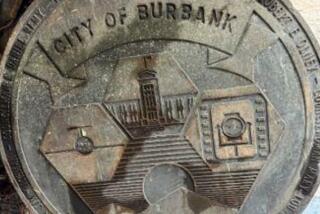A Vote in Favor of Recycling Waste
Thank you for your continued coverage of refuse and recycling.
It appears that all sides should read “Mining Urban Wastes: The Potential for Recycling,” which was published by the Worldwatch Institute.
Promoting a shift to recycling calls for widespread policy changes and incentives. Colorful, space-saving storage containers elicit greater cooperation, as do reminders from a designated neighborhood leader about the timing of the next recycling pickup and the value of recycling. A Rockford, Ill., garbage lottery awards $1,000 each week to the lucky resident whose refuse bags are found to be free of newspapers, glass and aluminum cans. Many Japanese citizens exchange their paper refuse for tissue products distributed by door-to-door collectors.
According to Charles Papke, president of Resource Management Associates, a San Francisco consulting firm, “curbside collection programs always cost more money to operate than the revenues you can get from selling the materials, but if you look at recycling as a waste management tool, then it’s often the cheapest way to handle the trash.” He states that the average cost of running a weekly curbside refuse collection and recycling program is $20 to $30 a ton, an amount rarely recouped by selling the recovered materials. But it costs $40 to $60 a ton to haul the refuse to a landfill (assuming space available), and $70 to $120 a ton to burn it.
The San Gabriel Valley is long overdue for a positive, fully integrated recycling program. Glendale is providing a major positive step in the right direction.
SCOTT M. KRUSE
South Pasadena
More to Read
Sign up for Essential California
The most important California stories and recommendations in your inbox every morning.
You may occasionally receive promotional content from the Los Angeles Times.









